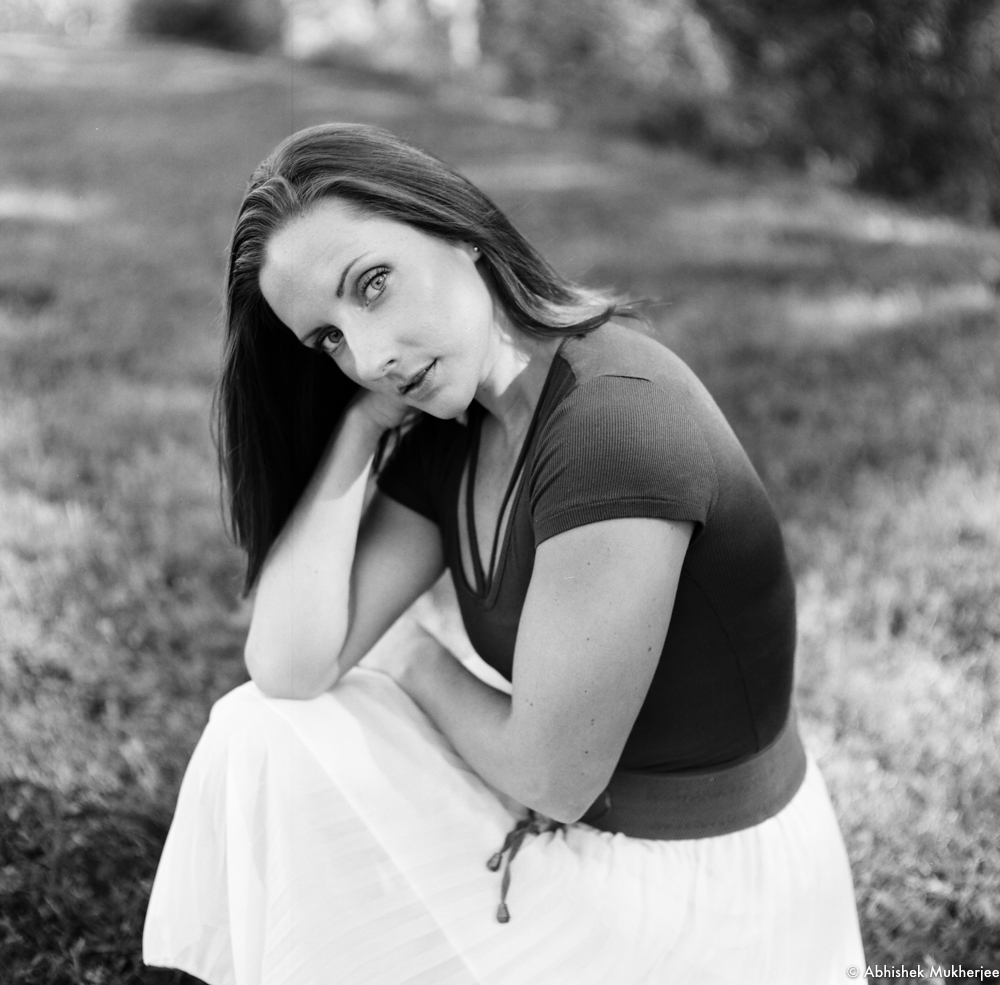Whitney
Whitney was my first photoshoot in the Analog Portrait project. I had photographed Uncle Bill and Aunt Carol earlier but I already have some familiarity with them. I had never met Whitney before. We connected on Model Mayhem and decided to meet in Lakeland for a morning shoot.
Whitney is new to the area. She is very energetic and focuses on fitness and dance themed shoots. This was a challenge for both of us: I operate at a subdued level of energy and my project demands a slow, deliberate pace. But I don't think you can tell we struggled with this dichotomy.
I brought my Canon DLSR as an insurance in case I fuck up using the Mamiya. However, we shot only two pictures with the Canon, a half dozen with the Nikon FE 35mm SLR and the rest on the Mamiya medium format camera. I used one roll each of Kodak Portra 160, Ilford Delta 100 and Fujifilm Pro400H. The Portra emerged without question as my favorite film from this shoot.
TheDarkRoom.com processed and scanned the photos and I edited the scans lightly.












